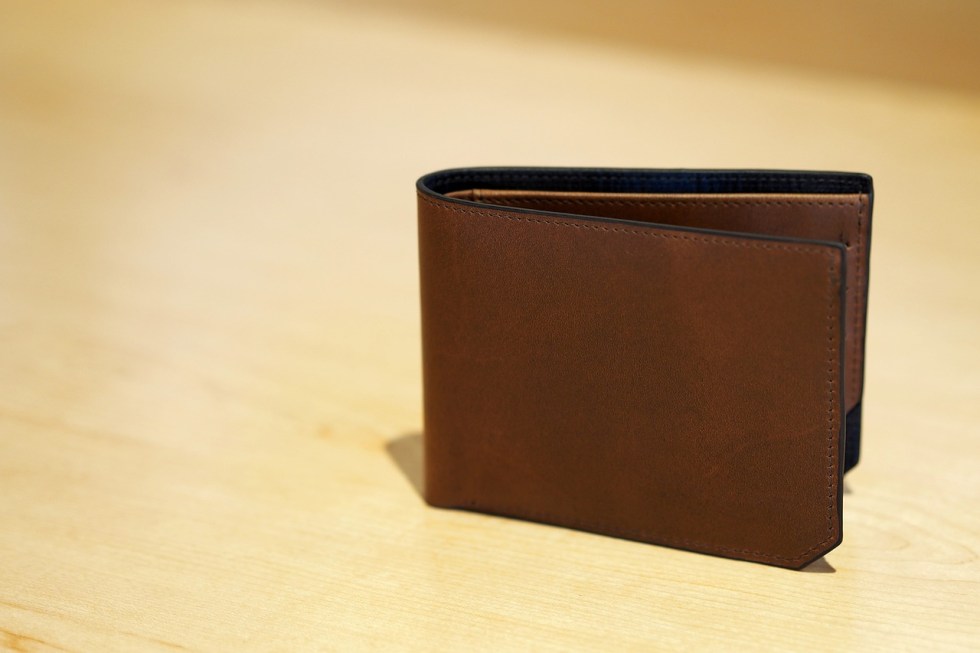The world of cryptocurrencies would be nearly unthinkable without a strong and secure storage and custody solution. Crypto wallets, therefore, are as indispensable as our crypto assets themselves.
Looking only at Bitcoin-related numbers, for example, reveals that more than 460 million wallets have been created globally so far. And at its peak time in May 2021, the estimated number of apps downloaded for crypto storage worldwide surpassed 25.5 million in a month. These staggeringly high numbers exhibit the significance that crypto wallets hold in the minds of crypto users.
Catering to this large and diversified user base, with different needs and priorities, requires a bunch of providers. One of the signs of this market’s maturity is that it has many providers ready. However, that also makes it difficult for a user to make the first crypto experience overwhelming for new entrants. In fact, this very diversity of options makes the first crypto experience overwhelming for new entrants, while those who’ve been using wallets for a while may also feel the need to upgrade their choice.
So, when making a new purchase or upgrading an existing one, what are the aspects that one must look for? To ease the process, we have prepared a list.
Security
Storage and custody solutions of any kind cannot be considered without prioritizing security as the foremost criterion. However, security standards vary among the different types of wallets.
For instance, in custodial wallets, a third party secures the funds, whereas in non-custodial wallets like Hero’s wallet, the user is responsible for safekeeping the private key at all times. Moreover, online hot wallets may be more vulnerable to offline cold wallets.
In any case, when it comes to fundamental security features, you must look for wallets that come with end-to-end encryption, biometric access, or a robust and efficient two-factor authentication system.
Convenience
No matter how secure a solution is, it would be of no use if it is not user-friendly. Convenience, however, depends on the frequency of use.
Users who frequently use their storage for everyday trades and transactions and are constantly in interaction with dApps tend to prefer hot wallets that are connected to the internet. Conversely, those who look for long-term storage, intermittent use of funds, and safekeeping of a larger quantum of assets choose offline hot wallets.
Online wallets that come as mobile applications or browser extensions are inherently more vulnerable to hacks and security breaches. Cold wallets, on the other hand, are physical devices with private keys stored offline. They are significantly harder to breach.
A component of convenience also exists in the form of a user-friendly interface. Hence, offline or online, hot or cold, the UI design should be interactive and optimized.
Innovation
In the evolving landscape of crypto, solutions that have the potential to upgrade with time stand out. Fortunately, developers these days are equipped with various solutions that help make products more efficiently secure.
Randomness is an important technical feature that, if not implemented correctly, hackers and fraudulent actors try to exploit. Solutions like ARPA Randcast help developers always stay a step ahead of them.
Randcast is an on-chain verifiable random number generator that uses multiple nodes in the ARPA Network to generate randomness. It ensures no single node has the ability to manipulate the final randomness result. This is critical with private and random seed generation, which we see with most digital wallets.
Innovation is not just about expanding capabilities but also about broadening service offerings. For example, PlanetReFi has introduced an exclusive card for its ecosystem members with seamless crypto-to-debit functionality.
The card, known as the $PLANET Black Card, includes a 0.5% buyback and burn of $PLANET on every transaction. This card is highly convenient to use; users simply load up the stablecoins onto the card and spend it on day-to-day purchases, which results in the burning of $PLANET tokens.
Support and Compatibility
Ultimately, a crypto wallet should be agile. As crypto-assets today are built on different chains, users looking to build a diversified portfolio of assets must go for wallets that are supportive of a range of cryptocurrencies.
On the user’s end, it must gel perfectly with the device that the user is most comfortable with. It could be mobile-only, desktop-only, or compatible with both. It is also crucial to choose a wallet with a robust backup and recovery mechanism.
So, while buying your next crypto wallet, definitely consider the aspects above.
Additionally, try to go through user reviews and detailed feedback available publicly online. It would be even better to delve deeper and look into the developer team’s reputation, potential, and past experience in producing highly secure products. Assets are to be safeguarded at any cost after all.
